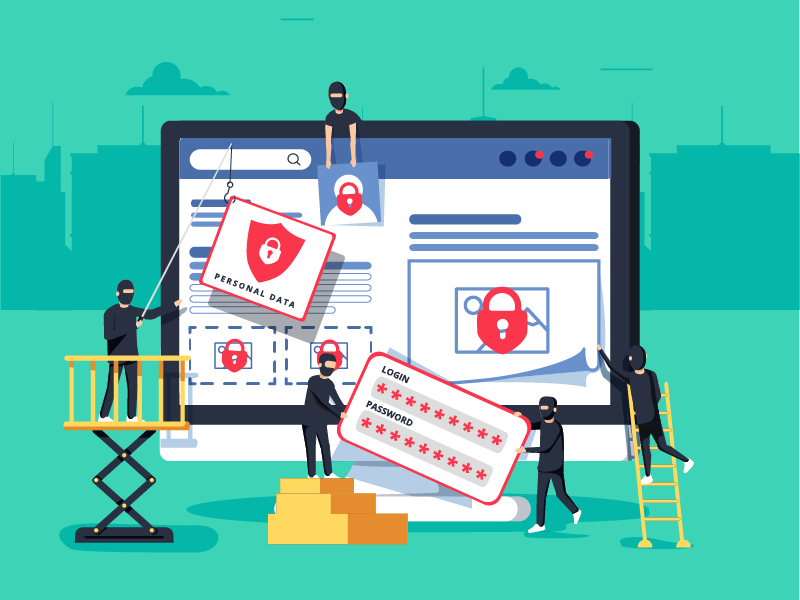WHAT NOT TO DO
Hang your purse over the back of your chair in a public place.
Google a customer service telephone number. Instead, go directly to the company website, preferably by typing in its URL.
Put letters containing checks in your mailbox with the flag raised. Instead, take the letter to the post office and mail it inside.
Click on computer links you don’t recognize.
Post personal information on your social media accounts and let people know when you are on vacation.
Believe anyone calling from the Internal Revenue Service. The IRS only sends letters.
Give your personal information away during video interviews for jobs you’ve found online.
It was raining cats and dogs when Lisa Waterman pulled up in front of her house, and she had forgotten her umbrella. Since her briefcase was made from canvas, she knew everything inside would get wet, so she left it in the car.
The briefcase was gone the next morning, but the thieves who broke into her car left behind a diamond necklace and $25 cash.
It was her laptop they sought, along with a client file and personal identification cards in her wallet.
This happened 18 years ago “and it started a nightmare roller coaster of identity theft problems,” says Waterman, a Tulsa insurance broker. “It was just a stupid mistake.”
Even with today’s heightened awareness about cybersecurity, Waterman says, careless or clueless people often make themselves easy targets for scammers who get better at what they do every day.
Waterman, tireless in her mission to warn about identity theft, teaches internet safety classes in the workplace and to senior citizen, civic and church groups.
“They want your name, your Social Security number and your date of birth to steal who you are,” she says of the thieves. “Then they open bank accounts, get jobs [and] buy houses and boats. They file your tax return.”
One scam capitalizes on how people apply online for jobs, says Kerry Robinson, an inspector with the Oklahoma City police department. Identity thieves create websites disguised as employers, then conduct fake video interviews in which they obtain personal information.
WHAT TO DO
Meet a buyer or seller at a safe, public place and use cash for personal transactions through online services such as Craigslist.
Look carefully at email addresses. They might be scam addresses similar to ones that you use. Businesses rarely have Gmail accounts, so be suspicious.
Take advantage of services that offer identity theft protection and restoration.
Monitor your online bank and credit card statements daily.
Use strong passwords.
Buy a crosscut paper shredder for mail and disposable documents containing personal information. Sources: Lisa Waterman and Kerry Robinson
Identity theft victims should call the police, Robinson says. If a stolen bank or credit card were used at a retail establishment, police might find surveillance video. Police can also walk victims through the list of who needs to be contacted after a theft.
Another good resource is identitytheft.gov, a Federal Trade Commission website.
For information about Waterman’s classes, call her at 918.407.1006.


























